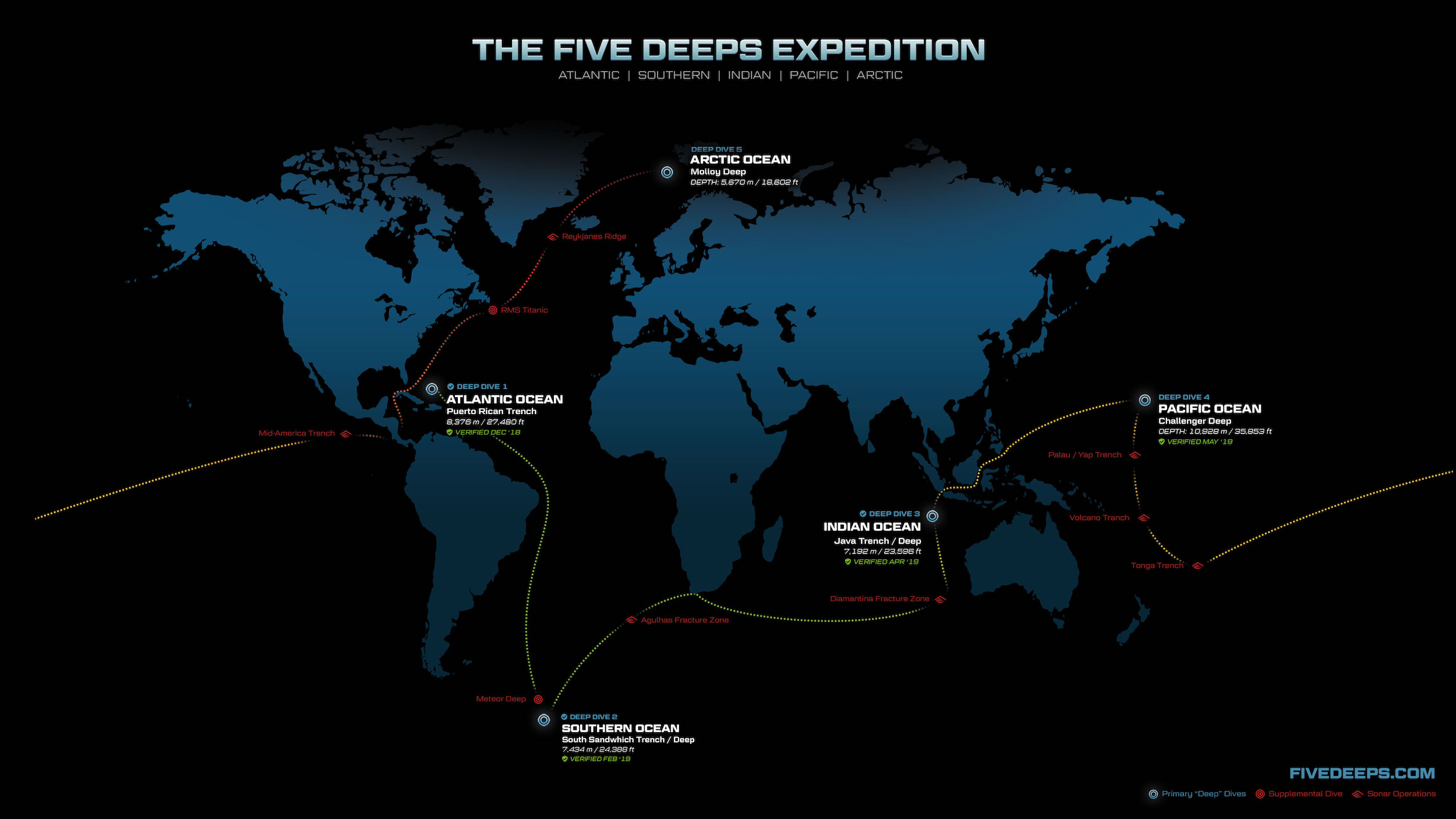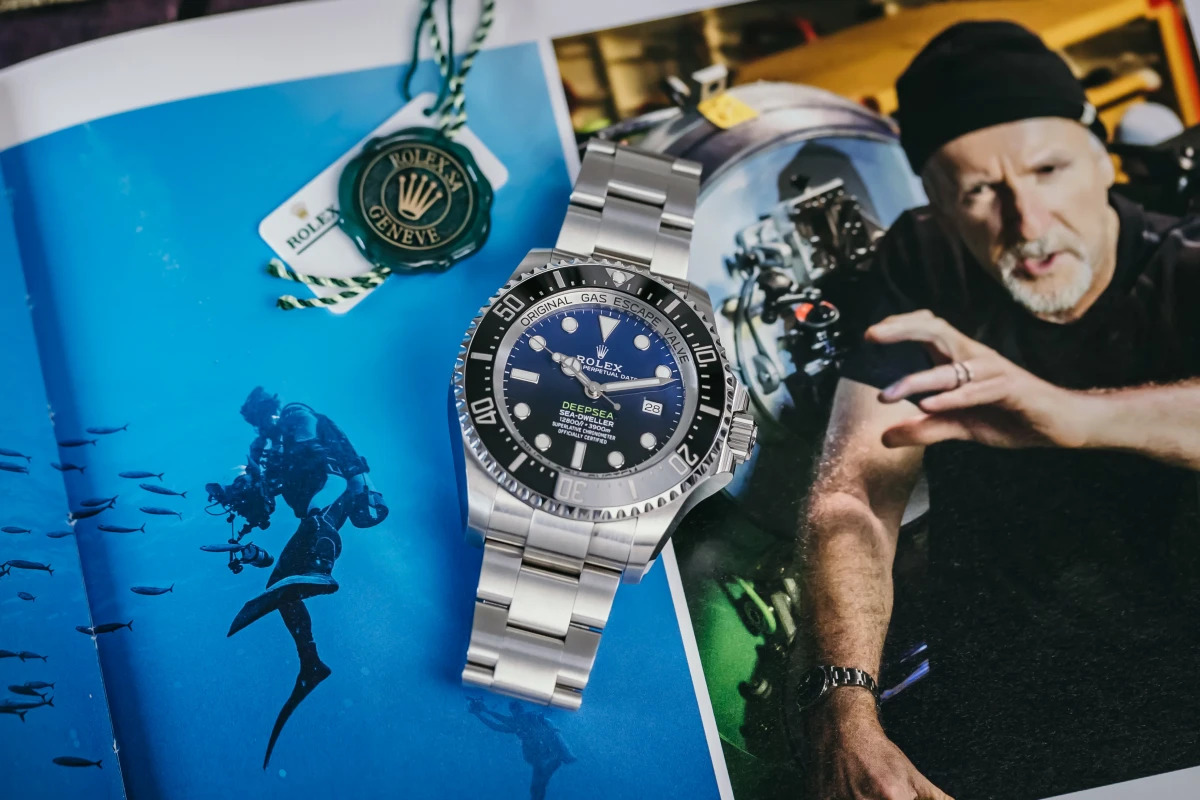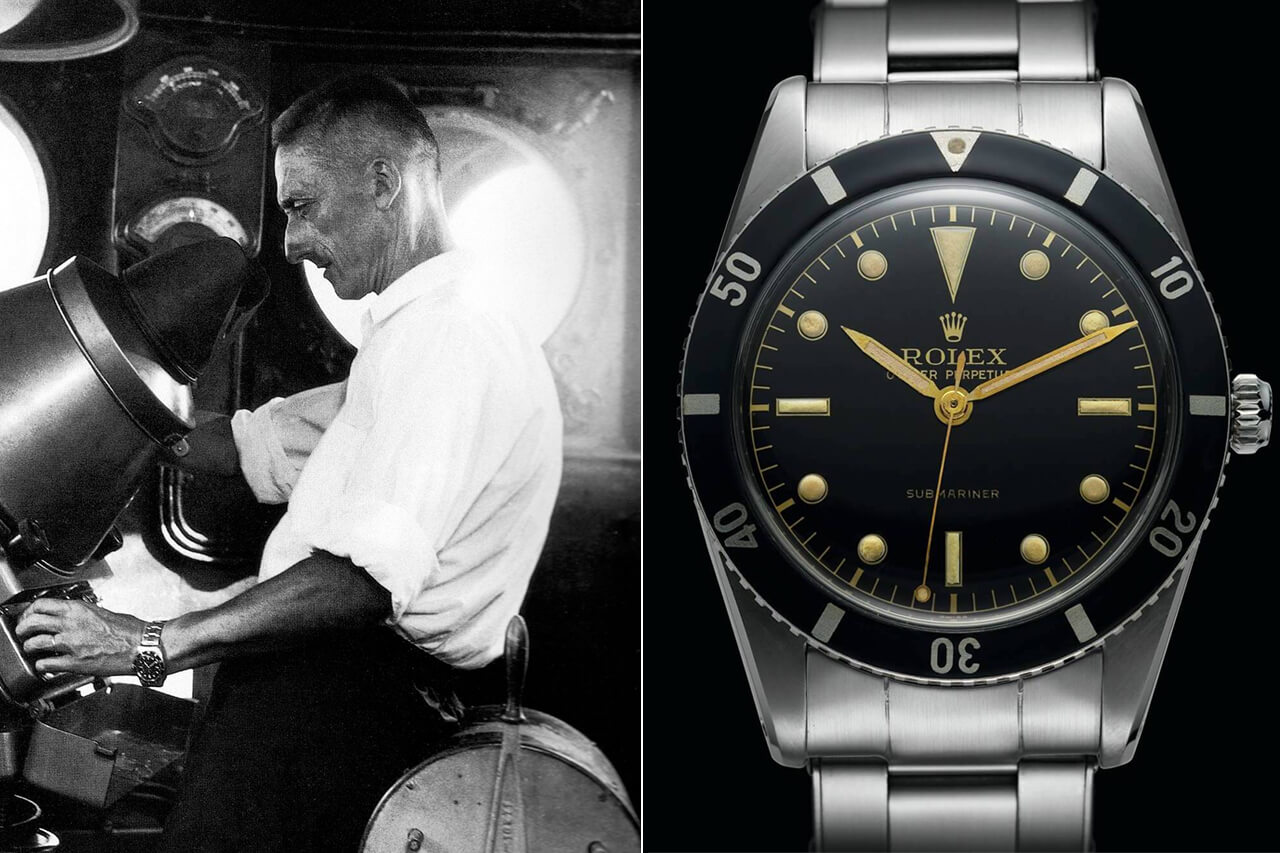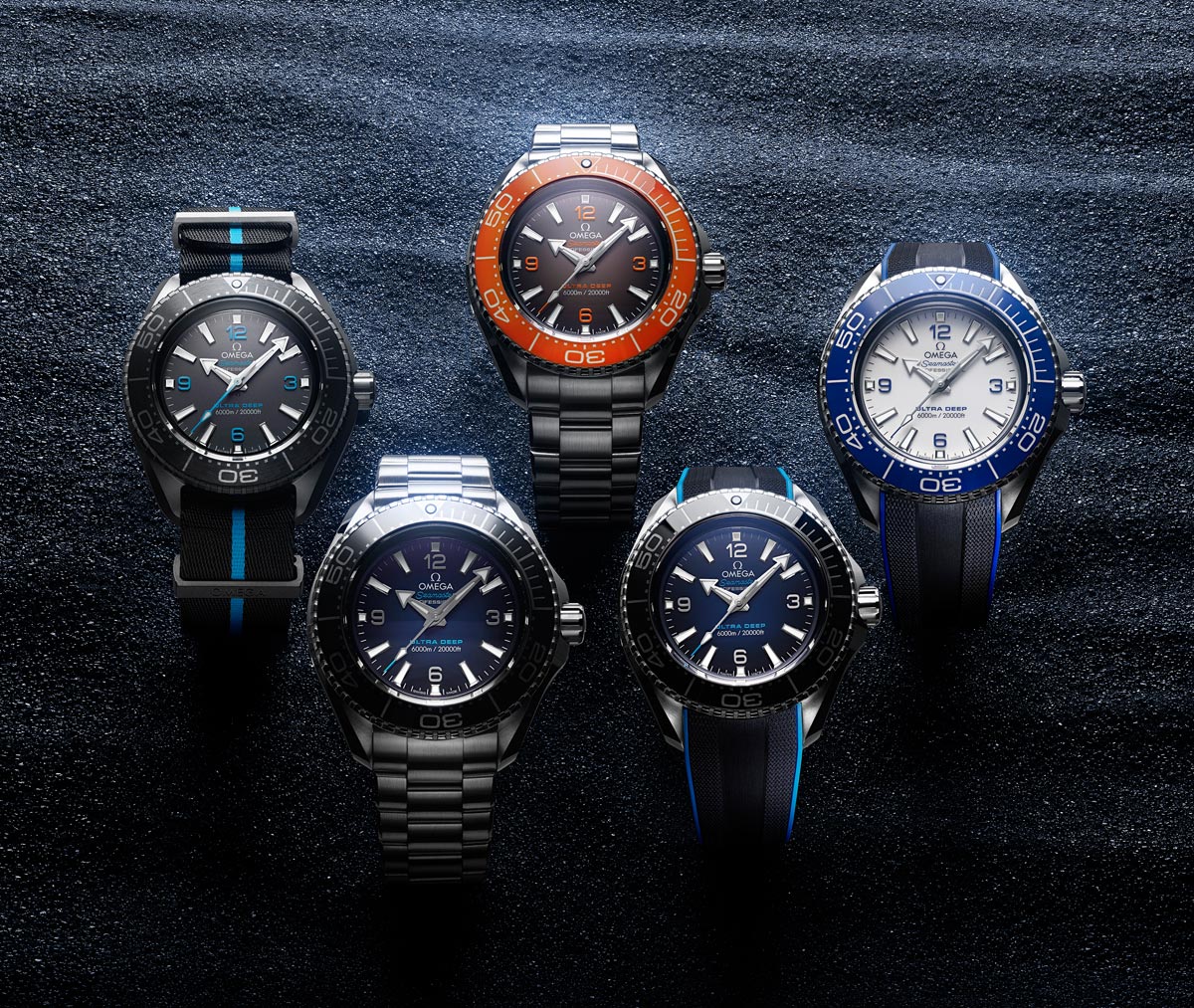
Scuba diving has inspired some of the most robust and iconic timepieces in horology. In 1953, a legendary piece marked the beginning of this underwater adventure: the Blancpain Fifty Fathoms. Designed at the request of French combat swimmers, this watch is widely regarded as the first true modern dive watch. Its name refers to its original water resistance — fifty fathoms, or around 91 meters deep. Purpose-built, durable and highly legible, the Fifty Fathoms immediately set the standard: a rotating bezel, large luminescent markers, and a sealed case. It quickly proved its efficiency, notably worn by Commander Cousteau’s team in the 1956 Palme d’Or-winning film The Silent World — a true consecration for this pioneering tool.

The following year, Rolex jumped into the current with its Submariner (unveiled in 1953, launched in 1954). While Blancpain had laid the foundation, Rolex would go on to popularize the genre on an industrial and global scale. From the outset, the Submariner was water-resistant to 100 meters — a feat for the time — later pushed to 200 meters in 1954, and finally 300 meters by the late 1980s. Its clean and functional design (black unidirectional bezel, black dial with round luminous markers, screw-down crown) became the definitive face of the dive watch. Conceived as a tool, it appealed to both professional divers and the general public fascinated by ocean exploration. Over time, the Submariner transcended its utilitarian role to become a universally recognized icon. Its technical and aesthetic innovations were so influential that the ISO standard for dive watches, established in 1981, was based on it. The Submariner also paved the way for Rolex’s extreme diving lineage — the Sea-Dweller in 1967 with a helium escape valve for saturation diving, followed by the Deepsea in 2008, continually pushing the depth barrier.
Jacques Cousteau, famed French explorer, and his Rolex Submariner 6205
If the 1950s laid the groundwork, the 21st century gave rise to dive watches of extreme technological audacity, engineered for the planet’s deepest trenches. In 2019, the Five Deeps Expedition, led by explorer Victor Vescovo, reached the deepest known point on Earth — Challenger Deep in the Mariana Trench.

Strapped outside the submersible was an experimental Omega Seamaster Planet Ocean Ultra Deep, which achieved the unprecedented feat of descending to 35,853 feets, setting an absolute record for a wristwatch. Its monobloc case in grade 5 titanium, distinctive Manta lugs, and thick conical sapphire crystal — inspired by submersible portholes — embody the cutting-edge innovation needed to withstand such unimaginable pressure. Following this feat, Omega released consumer versions of the Ultra Deep, sized at 45.5 mm and rated for 6,000 meters of water resistance, bringing a slice of abyssal technology to the public.


Omega Seamaster Planet Ocean Ultra Deep expérimentale
Seamaster Planet Ocean Ultra Deep
Meanwhile, Rolex continued its own deep-sea journey. In 2022, the brand crowned decades of research with the Rolex Oyster Perpetual Deepsea Challenge. Directly inspired by James Cameron’s 2012 dive (~10,908 meters) — during which a prototype Rolex was attached to his submersible — the commercial version set a new benchmark: a 50 mm RLX titanium case, Ringlock system, and helium escape valve, all rated to withstand depths up to 11,000 meters. Never before had a wristwatch been engineered for such a domain of pressure. On the caseback, Rolex engraved: “Mariana Trench – 23-01-1960 / 26-03-2012”, honoring the historic dives of the Trieste bathyscaphe (1960) and Cameron’s expedition. Despite its massive proportions, the Deepsea Challenge remains wearable thanks to the lightness of titanium (30% lighter than the 2012 prototype) and a bracelet system allowing it to fit over a wetsuit. This extreme timepiece embodies an uncompromising spirit of exploration — turning pressure from a threat into a triumph.

From the Fifty Fathoms of the 1950s, created to equip elite military divers, to today’s oversized timepieces designed to defy the Mariana Trench, the evolution of dive watches is a technical and human odyssey. Each generation has pushed the boundaries of depth further, merging technological innovation, extreme durability, and form-follows-function aesthetics. Dive watches captivate both exploration enthusiasts and watch collectors alike — they are miniature reflections of oceanic conquest, ticking on the wrists of those who dare descend where light disappears. Each beat under water is a reminder of how far we’ve come — from the first 50 fathoms to 11 kilometers deep — and of the pioneering spirit that continues to drive the future of dive watchmaking.
Article written by Chris Samassa, founder of Osterman Watch







